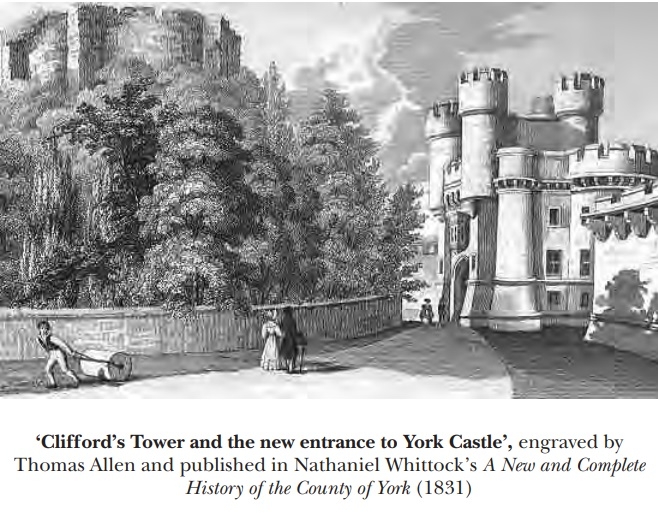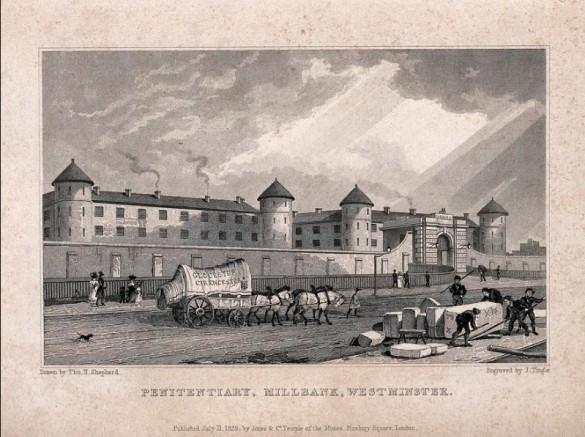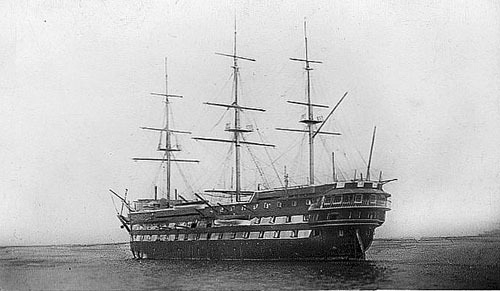07th September 2020
Petitioning for mercy in mid-19th century Yorkshire
The case of Sarah Ann Hill, convicted of infanticide at York Assizes
Dick Hunter's talk due in September 2020 has been cancelled, as a result of the Covid-19 crisis. But you can read about this subject here, as he explored it in his article in The Local Historian.
I looked at petitions arising from convictions at Yorkshire courts in the mid-19th century, with a York case study. This revealed events surrounding and following the conviction of Sarah Ann Hill, sentenced to death at York Assizes in 1851 for the murder of her new-born child.
The principle of petitioning for clemency or redress was well established, either to reduce a death sentence to transportation, or to lessen the term of transportation, or to allow a convict to serve a term in Britain rather than overseas.
In my research I analysed Yorkshire cases, with tables showing conviction rates at York Assizes and the nature of the sentences handed out. These might be death, transportation for life, transportation for differing lesser terms, and imprisonment in a penal establishment in the county. There is an analysis of the impact of petitioning, which ranged from free or conditional pardons to other mitigation (though it is noted that 79 per cent of petitions were unsuccessful).
There was a broad campaign to save the life of Sarah Ann, both in York, and in her home town of Wakefield. MPs, newspaper editors, magistrates, lawyers, and traders were among those who petitioned the Home Secretary, Sir George Grey. One petition was signed by over a thousand York householders. A high-level cross-party delegation comprising York's Liberal MP, Sir William Milner, and Alderman George Leeman (lawyer, railway director and, later, Lord Mayor and MP for York) met Grey the day before execution, to urge him to exercise clemency.



 Millbank Penitentiary, London. Engraving by J. Tingle after T.H.Shepherd. copyright: Wellcome Collection
Millbank Penitentiary, London. Engraving by J. Tingle after T.H.Shepherd. copyright: Wellcome Collection

